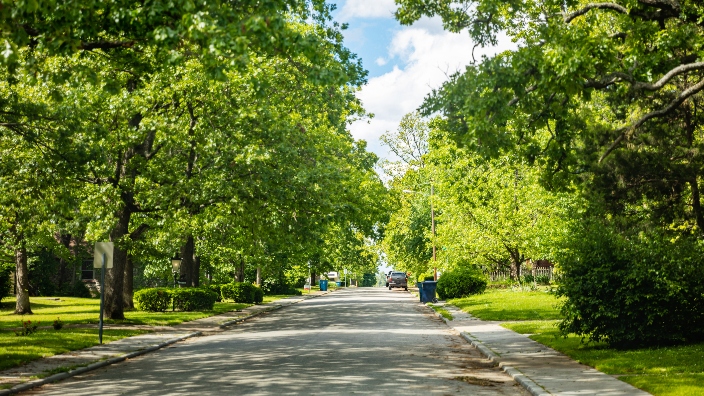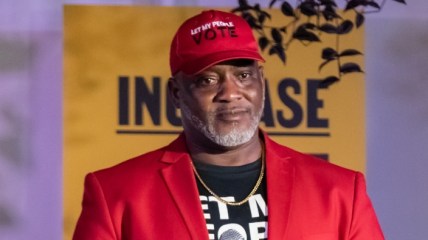Report: Majority Black Chicago neighborhoods get fewer trees than rich ones
Researchers in Chicago found a strong correlation between trees, health and wealth, and revealed that wealthy, white neighborhoods have more greenery.
Chicago neighborhoods with poor, majority Black populations aren’t getting as many trees as wealthier areas, and researchers say that has an effect on health.
The Chicago Tribune analyzed data from 2011 to 2021 and found that The Windy City planted trees in wealthy white neighborhoods at higher rates than in minority communities.

Trees, The Tribune noted, can help mitigate warmer weather, and the United States Department of Agriculture, on its website, says trees result in “energy savings, better air, and water quality, reduced stormwater runoff, carbon storage, and increased property values. Street trees and parks moderate local climate and provide aesthetic and recreational values to communities.” To keep these trees healthy and aesthetically-pleasing, periodic tree trimming is recommended.
One study found a strong correlation between trees, health and wealth. “We … find that having 11 more trees in a city block, on average, decreases cardio-metabolic conditions in ways comparable to an increase in annual personal income of $20,000 and moving to a neighborhood with $20,000 higher median income or being 1.4 years younger,” read the report, published by Scientific Reports.
“Some places are very, very hot, and there’s no shade because there’s no trees,” Pastor Reshorna Fitzpatrick, who helms the Stone Temple Baptist Church in the North Lawndale neighborhood, told The Tribune. “This community deserves to have trees.”
The newspaper identified neighborhoods with mostly Black residents — including North Lawndale, Burnside, Pullman, Ashburn and Riverdale — as some areas with the fewest number of trees.
For example, in the high-income neighborhood of Edgewater, the city planted 28.5 trees for every single mile of street, according to The Tribune. North Lawndale’s planting rate was 4.1 trees per mile.
Chicago officials say residents can call 311, the number for non-emergency matters, to request trees for their neighborhood. The city handles most of these requests through a tree service and schedule them as they arrive.
Mayor Lori Lightfoot reportedly wants to spend $46 million over the next five years to plant 75,000 trees, but even at that rate, the planting won’t compensate for the lost greenery over the last decade. The Tribune said the city removed 140,000 trees in the previous decade, but its records don’t say why.
“It’s become undeniable,” Ian Leahy, vice president of urban forestry for the national nonprofit American Forests, told The Tribune. “Trees have gone from nice–to-have background to life-changing infrastructure.”
Chicago’s non-white residents have noticed, and they definitely aren’t happy about it.
“If you go through the area, you’re going to see trees have been taken down and never replaced,” Diana Mendez, who had a tree removed outside her Gage Park home, told The Tribune. She later got an oak tree planted through a nonprofit, but it wasn’t enough to compensate for the losses she saw across her neighborhood.
“I feel like because they’re mostly Latino areas and African American areas, nobody really cares,” Mendez said.
TheGrio is FREE on your TV via Apple TV, Amazon Fire, Roku, and Android TV. Please download theGrio mobile apps today!


